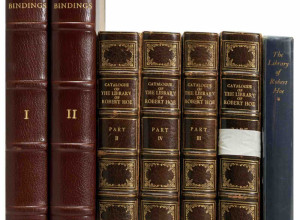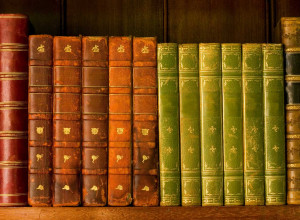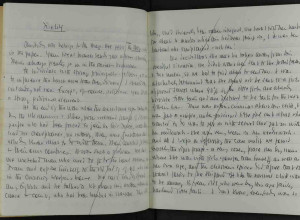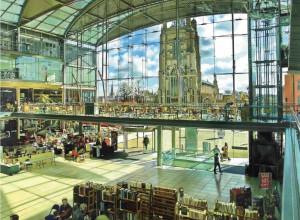Two New Exhibitions Explore Writings of Medieval Women

Christine de Pizan presents her book to Isabeau of Bavaria, in the Book of the Queen, France, c. 1410-1414: Harley MS 4431, f. 3r
The life of women in medieval Europe is the focus of new displays which use manuscripts, documents and other artefacts to focus on their public and private lives through their own writings.
Medieval Women: In Their Own Words opens at the British Library in London on October 25 and runs through March 2, 2025. Concentrating on the daily lives of women in Europe from 1100 to 1500, it ranges widely to include women's experiences of healthcare, domestic lives, politics, and culture. Highlights include:
* Christine de Pizan, recognised as the first professional woman author in Europe, who was born in Venice in 1365 and worked as a writer of ballads, poems, and women's histories at the court of Charles V of France to provide for herself and her children. On display will be her masterwork, the Book of the Queen, made for Isabeau of Bavaria queen of France.
* The Book of Margery Kempe is the earliest autobiography written in English, dating from c. 1445–1450, a personal account of Kempe's life as a female mystic and pilgrimages to Rome, Jerusalem and Santiago de Compostela, as well as the challenges of religious life in a male-dominated world. Lost for centuries, it was discovered by chance in an English country house in 1934.
* An example of the Paston Letters, a family from Norfolk in England who left behind an archive of hundreds of personal letters about all aspects of life, many of them by women - on show will be a letter dated December 1441 from Margaret Paston to John Paston I asking him to send her a new girdle and cloth for a gown
* The Sekenesse of Wymmen, a popular 15th century English gynaecological treatise with instructions for midwives
* The foundation charter of England's Bordesley Abbey by Empress Matilda from around 1141–1142 which describes claimant to the throne Matilda as 'Empress’ and ‘Lady of the English’ and features her seal
Other items include Julian of Norwich’s The Revelations of Divine Love (the first work in English written by a woman), and the 12th century Italian book On Women’s Cosmetics with instructions for making hair dye remover, face creams and breath freshener.
Meanwhile, 'Her booke’: Early Modern Women and their Books runs at Lambeth Palace Library until November 21. This also looks at material owned, written, commissioned, and translated by women during roughly the same period, beginning in the late 15th century. Highlights include manuscripts written by the sisters of Syon Abbey just before the Reformation and Queen Elizabeth I’s translation of Tacitus, with later examples such as correspondence from a future Archbishop of Canterbury about Jane Austen and first editions of the works of Mary Wollstonecraft and Mary Shelley.

















